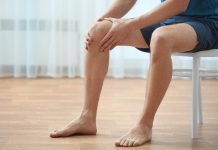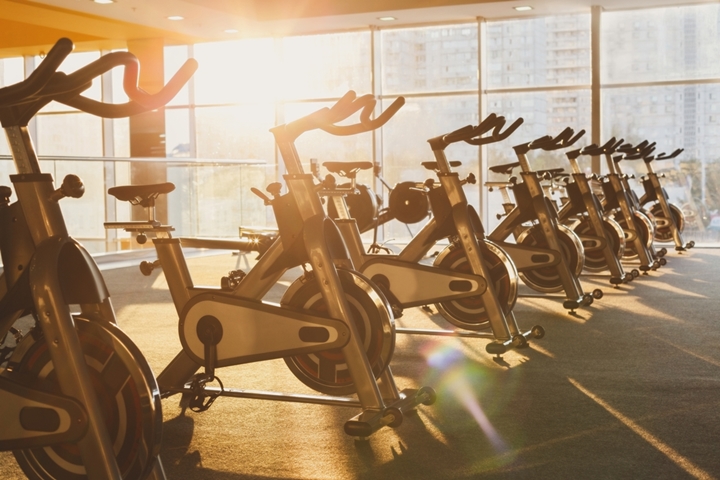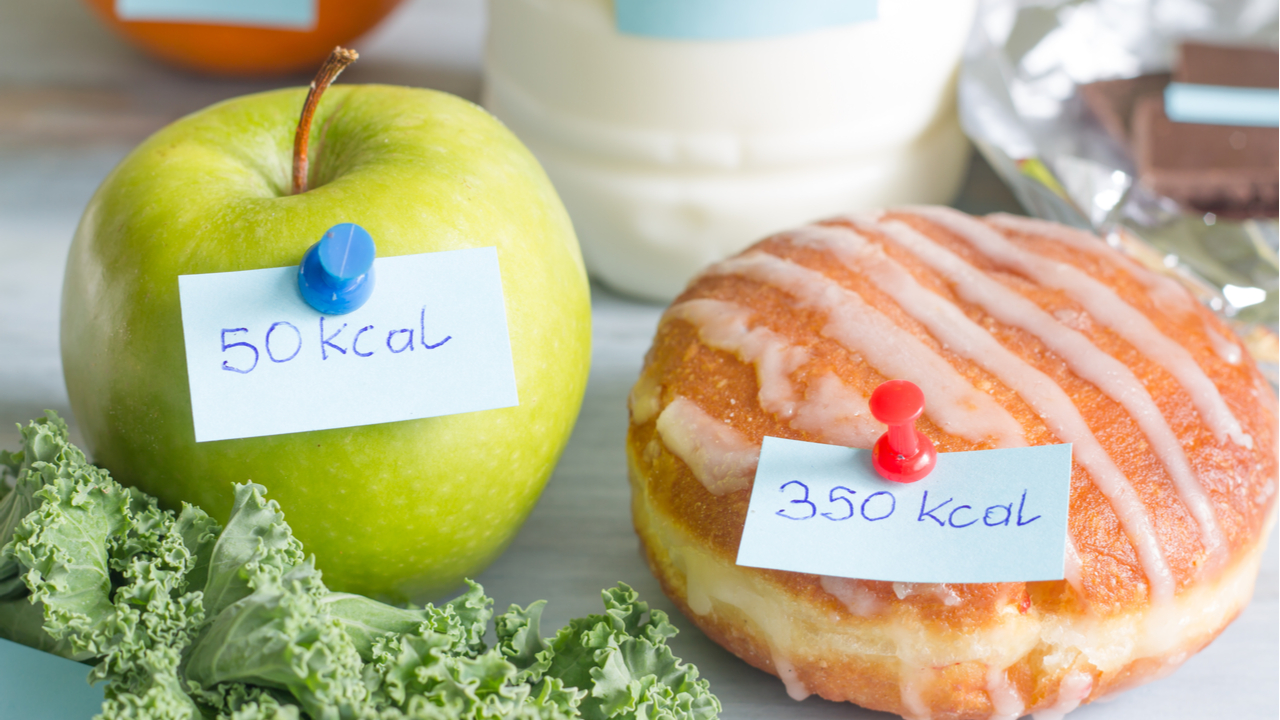What is the optimal method of burning fat? There are a number of factors which decide the amount of calories burnt daily. Understanding the basics of exercise will help in designing a suitable exercise regimen in consultation with expert fitness trainers. The total energy that we burn in a day is divided into three parts:
BMR
The energy that is burnt by the body to perform various functions such as breathing, digestion, pumping of the heart, maintaining body temperature, and other internal processes that are carried out involuntarily, is known as Basal Metabolism or Basal Metabolic Rate (BMR). This is different from the Resting Metabolic Rate (RMR). To get the correct BMR of a person, it is important that he or she be at complete rest, and after getting a sleep of 8 hours. It is often measured after a person wakes up from an 8 hour sleep and is at rest. He or she should not exert any extra energy while doing the test. This is why a person who is being subjected to a BMR test is required to stay at the testing facility the night prior to the test. He is made to lie in a reclining position, resting completely. He is also required to fast for 12 hours before testing to ensure that his digestive system is not working during the procedure. During this time the energy released by his body should only be sufficient to let his vital body organs to function.
The BMR is affected by many factors. The more the body mass or weight, the more the BMR is. In other words, the heavier a person, the more energy he spends at complete rest. There is a catch in this, however. Not only the weight, but the muscle mass of a person also determines how much energy is spent at complete rest. Hence, a muscular man or woman would have a higher BMR than a person with more body fat percentage. Men tend to have a higher BMR than women because of this difference, as men have a higher muscle mass than women. It is also possible that due to loss in muscle mass as we age, BMR also lowers we age. Fasting slows down BMR, and in extreme fasting, it can drop down to about half its initial value. This is one of the reasons why expert nutritionists do not recommend fasting or crash dieting to achieve weight loss.
To measure RMR, it is not required for the person to get 8 hours of sleep or to be completely at rest. But he or she should still sit at a reclining position while the test is conducted. From this it should be quite clear that most machines used at gyms and fitness clubs measure the resting metabolic rate and not BMR although mistakenly referred to as BMR. BMR tends to be lower than RMR and calorie calculations are to be based on BMR and not RMR.
Energy burnt by food
The second part of energy expenditure comes from the food we eat, called the thermic effect of food, i.e., energy for digesting and metabolizing the food. Certain foods require more energy expenditure to digest, for example, proteins and fats. The body has to work harder to digest proteins and fats, but does not have to work that much to digest simple carbs.
Physical activity
The third part of energy expenditure is from the physical activity, i.e., the energy required for exercise or normal daily work. The amount of activity we carry out in our daily lives is a major factor in calculating the calorie needs. Statistics show that on an average, 90-95 % of a person’s total physical activity is very light. This is true for children and adolescents as well. The recommendations for calorie intake for adult man and woman are 2400 and 1800 calories per day respectively. These are laid down by Indian Council of Medical Research (ICMR) by taking into account moderate physical activity and active leisure, while most of us are sedentary or below sedentary. It is due to this that most people may overestimate their energy needs.
An expert dietitian or nutritionist can compute the exact amount of calories required to achieve weight loss by taking into account all three factors – BMR, kind of food you eat, and the daily physical activity level.


 Traqade
Traqade


































